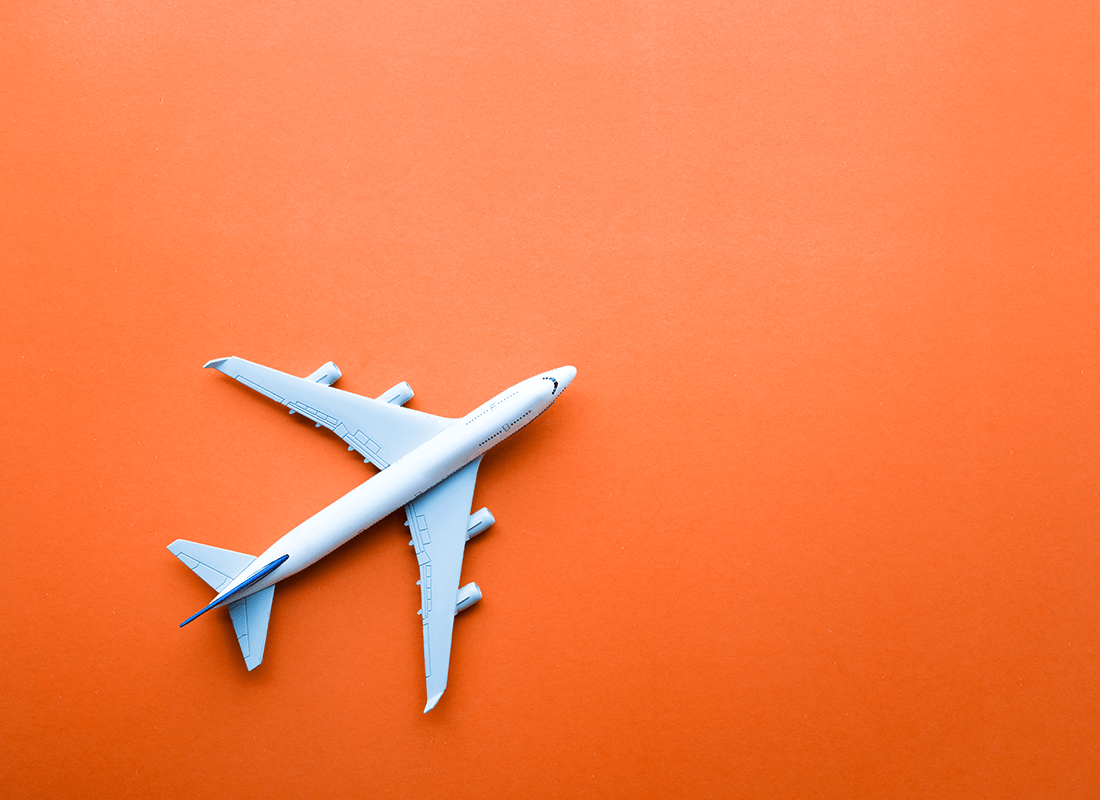L&D programs within aviation can be tailored to address various critical areas:
Upskilling the workforce: Investing in training programs for existing employees, especially in technical areas like aircraft maintenance, safety protocols, and customer service, ensures a highly skilled and competent workforce.
Developing future leaders: Nurturing talent through leadership development programs, including mentorship, coaching, and experiential learning, creates a pipeline of future leaders who can drive innovation and growth.
Adapting to changing technologies: The aviation industry is rapidly adopting new technologies, such as AI, automation, and data analytics. L&D programs can equip employees with the necessary skills to embrace these advancements and remain competitive.
Enhancing customer experience: Investing in customer service training, including conflict resolution, communication skills, and empathy building, leads to improved customer satisfaction and loyalty.
By prioritizing L&D, airlines can unlock a number of benefits:
Increased productivity: A well-trained workforce operates more efficiently, leading to improved operational performance and cost savings.
Reduced safety risks: Comprehensive safety training programs minimize the risk of accidents and incidents, ensuring the safety of passengers and crew.
Enhanced brand reputation: Employees equipped with the right skills contribute to a positive customer experience, enhancing the brand’s reputation and attracting new customers.
In conclusion, a robust L&D strategy is not just a nice-to-have, but a necessity for the aviation and airlines industry. By investing in their employees, airlines can unlock growth, improve safety, enhance customer satisfaction, and navigate the challenges of a dynamic industry.

